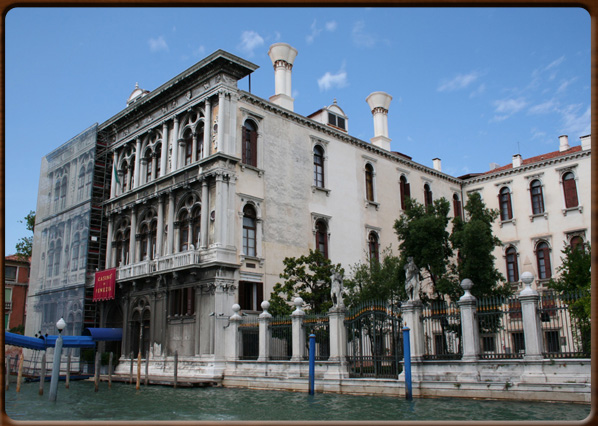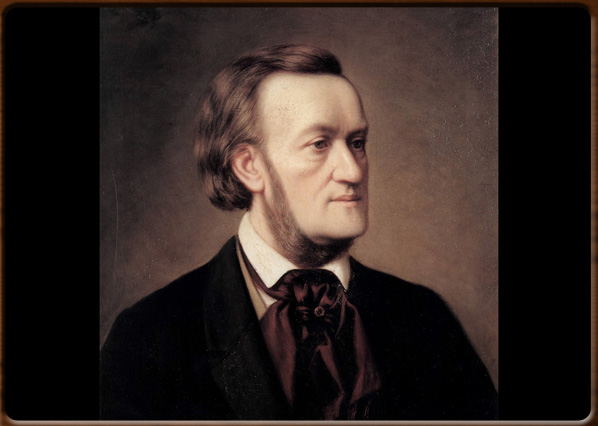
Vendramin Calergi Palace

R. Wagner


No video
Wilhelm Richard Wagner (Leipzig, 22 May 1813 - Venice, 13 February 1883) was a German composer, librettist, orchestra conductor and essayist. Famous for his operas (which he called "musical dramas"), Wagner upset and revolutionised the word of music and schools of thought in the 1800s owing to his idea of “Gesamtkunstwerk” (total artwork), i.e. a synthesis of poetry, visual art, music and drama.
This is epitomised by his monumental four-opera cycle, Der Ring des Nibelungen (The Ring of the Nibelung).
The ten best known and most beautiful operas by this German musician – and which he himself felt were the only ones that merited being staged at the large Bayreuth Theatre he founded – are: Der fliegende Holländer (The Flying Dutchman, 1840-41), Tannhäuser (1842-45), Lohengrin (1845-48), Der Ring des Nibelungen (The Ring of the Nibelung) in four parts – Das Rheingold (The Rhinegold, 1851-54), Die Walküre (The Valkyrie, 1851-56), Siegfried (1851-71) and Götterdämmerung (Twilight of the Gods,1848-74) – Tristan und Isolde (1856-59), Die Meistersinger von Nürnberg (The Mastersingers of Nuremberg, 1845-67) and Parsifal (1865-82).
Wagner had very close links with Venice, thanks to his frequent visits to the lagoon city: he spoke about the first two occasions (August 1858–March 1859 and November 1861) in his autobiography “My Life” (1880).
The other four visits to Venice (September 1876, October 1880, April 1882 and September 1882 until he died of a heart attack on 13th February 1883) are faithfully documented by his second wife Cosima, who kept a diary during the years she spent with him.
During his last period in Venice, when the Wagner family stayed in Palazzo Vendramin, he worked on the score for his Parsifal.
1800 - 2000 - - rev. 0.1.5